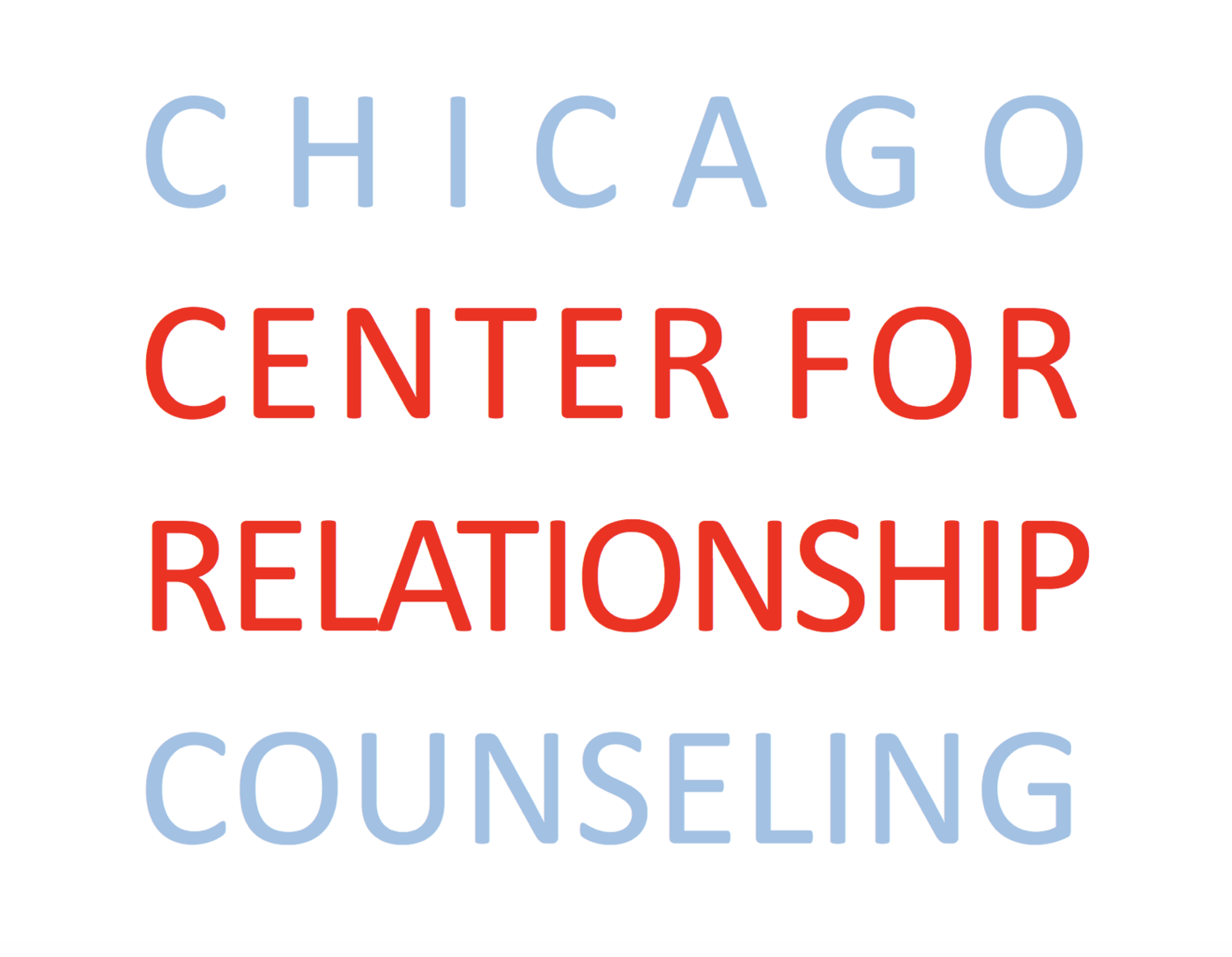Conversations for Cautiously Re-Connecting with Consent
By: Anikò Blake, LMFT
Your friend has just invited you to a party. A year ago, you may have asked a few questions before accepting the invitation. Perhaps you’d ask if you can bring anything, who will be attending, and how late will it go?
In the summer of 2020 this conversation sounds quite different. Our current global health threat, COVID-19, poses many more considerations before choosing to interact with others. It can be hard to know what questions to ask before making critical choices about our own and other’s health. Thankfully, your friend’s party isn’t much different than other situations where making decisions about your health and safety is critical: communication and preparation is key.
About Consent
There are a few different types of consent, depending on the context and who is involved. When considering a situation amongst friends, there are two key features to consent: sharing thorough information and frequent check-ins with self and others. This process is called affirmative consent and is used most often for sexual activity. Affirmative consent is so important that in 2014 California voted it into law for students in their state. The Bill, SB-967, reads that this consent is “… affirmative, conscious, and [a] voluntary agreement … [it must] be ongoing ... and can be revoked at any time.” This consent is an informed decision, meaning all parties have requested and shared appropriate information to make agreements with no surprises along the way. We cannot fully consent without knowing what we are consenting to. Consent is an explicit action: there should be no confusion on when it’s happening. As the California Bill describes, it’s also ongoing: it happens before, during, and after the event. The process of consent requires us to check-in with ourselves, what do we know about what makes us feel safe or unsafe?
Having conversations about consent can be uncomfortable. Common concerns are, “What if I sound paranoid?”, “Will it ruin the fun?”, “Will they become upset with me for asking?” Sometimes the most challenging conversations can be the ones most worth having; just because it’s hard does not mean it’s wrong. Contrary to our worries, conversations about consent often boost enjoyment, since there is less potential for someone to be unintentionally harmed. Setting-up boundaries beforehand creates mutual expectations and promotes respect. Having conversations about our health and safety models self-care and shows others how we expect to be treated by them, as well. Clear expectations, respect, and care of self and others are good qualities to promote in any relationship.
Building Conversations
Considering thinking ahead about how you ask questions. Try framing them in a non-accusatory manner by beginning them with “I” followed by a “why”. Emphasizing why you’re asking and how the information might be helpful will help make your request clear. And keep it to just a few sentences.
Below we’ll look at how a consent approach can help you make an informed decision about attending your friend’s party (and other similar decisions this summer), and keep you and others as safe as possible.
Before
Now you’re gathering information and coordinating about the event. Some questions and recommendations might sound like:
“It will be helpful for me to know more information about your party so that I can enjoy myself when I’m there. Can you please let me know how many people will attend?”
“I really like the idea of this party but I’m feeling uncomfortable with it being inside your house, is there a way we can sit on your porch or front yard, instead?”
“I plan on wearing a mask, which will help me feel safer when I’m there. Is this something you have asked others to do, as well?”
During
Now you're checking-in with others while engaging in the activity to see how you and others are feeling about your health safety. Communication during this time may sound like:
“I really appreciate you having this party on your porch, it really helps me enjoy myself. How are you feeling about the party right now?”
“I notice that a number of people here are not wearing a mask, like we discussed. Is this something you can talk to them about?”
“There are more people here than I expected and I’m feeling uncomfortable. I think I’ll go now. Let’s catch-up soon, just the two of us.”
After
Now you’re following-up with those at the event to see how it felt. Sometimes new feelings arise afterwards, and may need to be addressed before planning something, again. This discussion can sound like:
“I felt like the party was a success and people were very respectful of each other. How did you feel about it?”
“I realized the next day that X was coughing at the party*. I’m a little worried about how they are doing and the impact their current health has on the rest of us.”
“I would like to attend another party at your place, but will feel more comfortable if there are less people. It seemed a bit crowded. Is this something you’re open to?”
*Please note that COVID-19 disproportionately affects BIPOC (Black, Indigenous, and People of Color), due to higher risk factors as a result of systemic racism and historical oppression. Be mindful of implicit bias, or stereotype confirming, towards BIPOC and how this may impact your perception of their health. We can care for our safety while also not discriminating against others.
Practicing consent, especially with friends, family, and partners, is a life-long task. The more we practice the more effective and comfortable we are with it. Consider the summer of 2020 another chance to hone this important skill. There may be bumps along the way and we may not do it perfectly every time, yet some effort is still better than none. And nothing is more crucial than the care of our health.
























